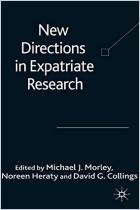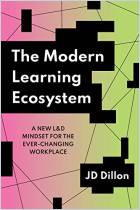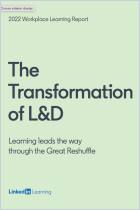
Article
The Practices That Set Learning Organizations Apart
Companies committed to building workforces equipped for the future apply seven key principles to training and development
Recommendation
Most companies weren’t prepared for the accelerated digitization forced on them during the COVID-19 crisis. A small group of organizations, however, navigated their digital evolution with aplomb. What did they have in common? Two HR management professors conducted an international survey to find out – and uncovered seven core characteristics of effective Learning and Development organizations in the process.
Summary
About the Authors
David G. Collings is a professor of human resource management at Dublin City University Business School. John McMackin is an assistant professor in human resource management and organizational behavior at Dublin City University Business School.


















Comment on this summary or Démarrer une discussion